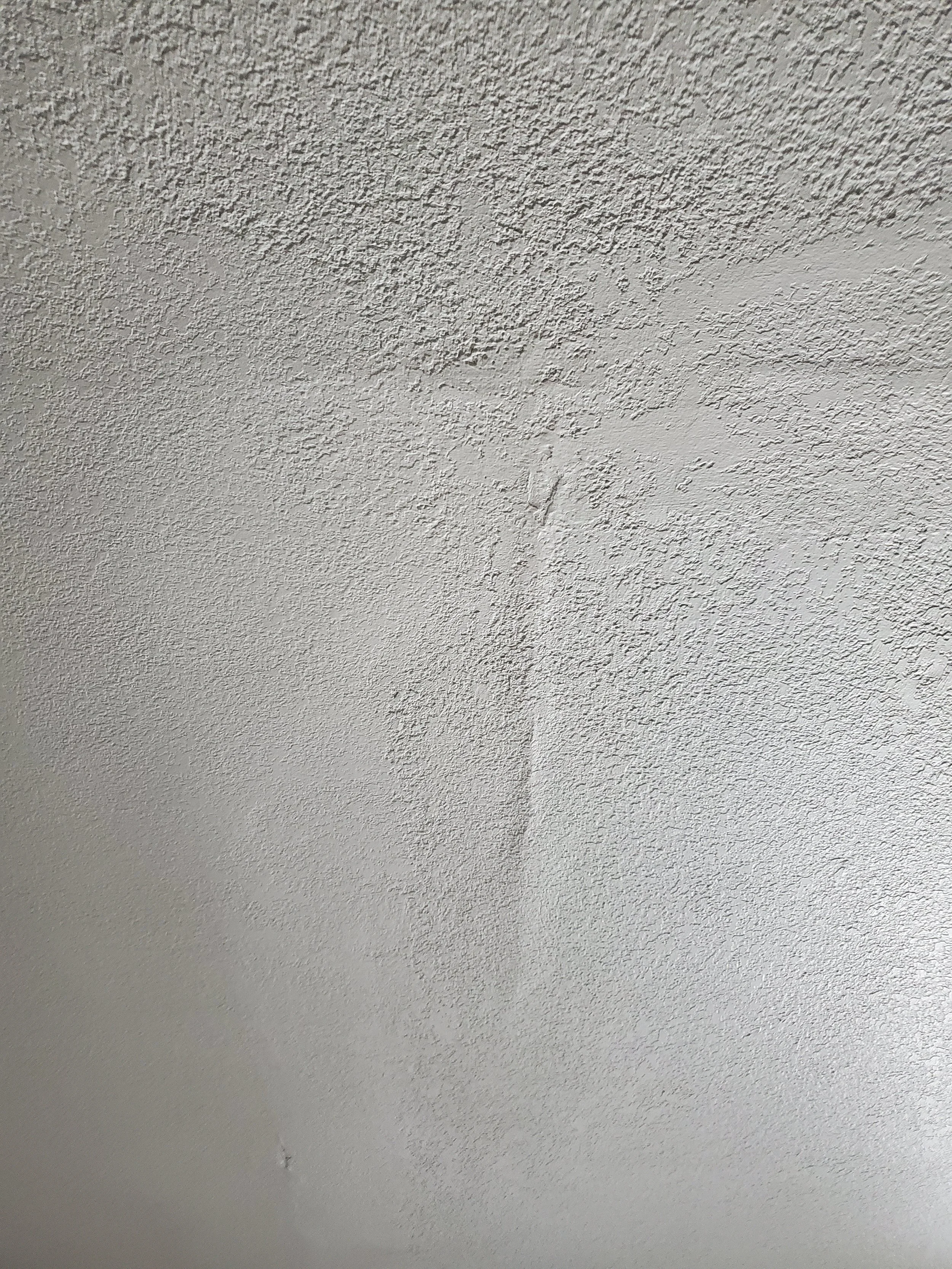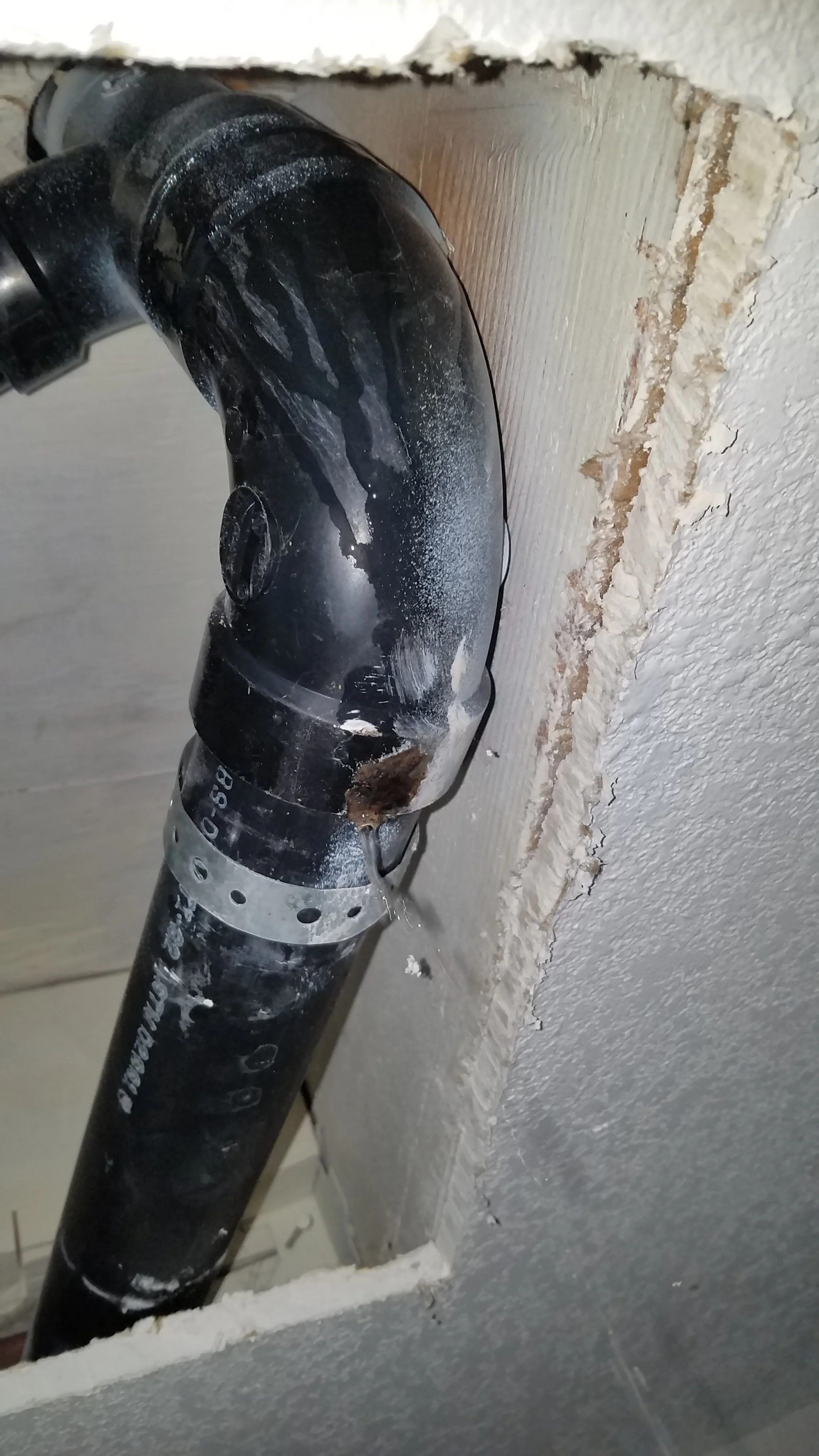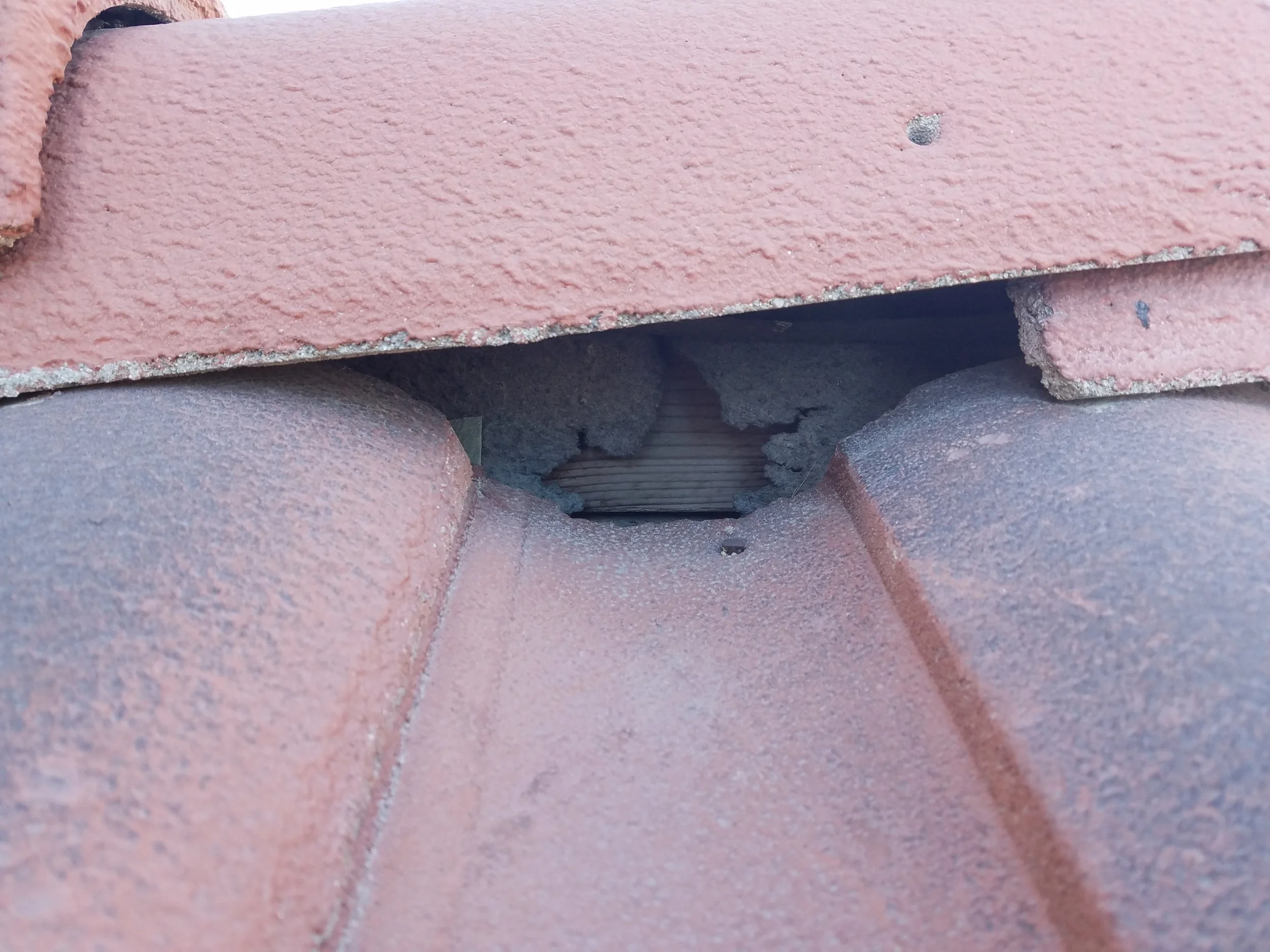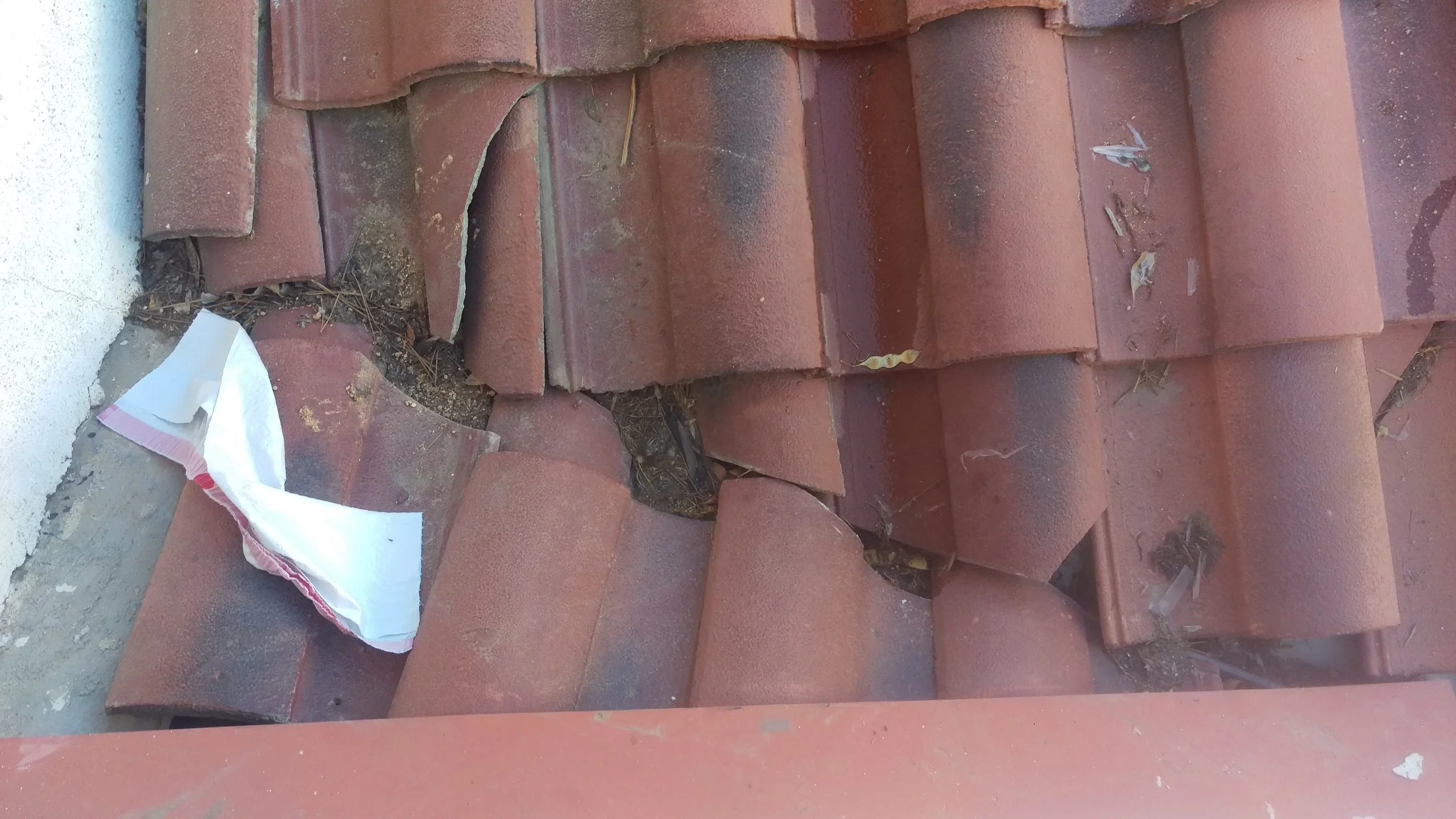Things 2 look 4
The story of our house in Spring Valley Lake is a great example of things to look for and a poor home inspection experience. Given the State of California doesn’t have any standards to become a Home Inspector, maybe this happens too often. At the time of purchase, I was moving 2200 miles and relied on the Home Inspector for confidence with such a big decision. Instead of these major repairs being a negotiation advantage on the purchase price of our house, the cost of necessary repairs came out of our pocket. The average person will spend $10,000 - $20,000 fixing these major repairs on their home.
Flex gas line though furnace housing
Having a flex gas line go through the metal housing of the furnace is very dangerous, especially within earthquake areas. There should be hard pipe sticking out of the furnace for the flex line to attach to. The reason for this is, during an earthquake, the flex gas line and metal housing will rub/hit each other, which is known to cause a gas leak and create spark. Also, this furnace had already exceeded its normal life span of 12-15 years. None of this was in our home inspection report.
Multiple textures
Seeing multiple textures in a ceiling should be a warning sign of previous or current issue. If something like this is stated in your home inspection report, please ask the seller to give you information and receipts of work done. None of this was in our home inspection report.
However, we did eventually find out why the ceiling was showing an issue. The main drain for the upstairs bathroom had a slow continuous leak. Yes, that is toilet water.
Roofing signs of deterioration
Many home inspectors have convinced clients that High Definition pictures from +20ft above are sufficient for checking the integrity of the roofing system. I intend on using any necessary technology AND walking all accessible/safe roofs as your home inspector. Investigating a major leak after the first rain storm in our new home lead me to finding this break in roofing underlayment and exposed wood. None of this was not in our home inspection report.
Dirt and Debris causing water flow issues in roofing systems
This is the view standing on our 2nd story balcony looking down at our roof valley. As you can see, there is broken tile and lots of debris in the valley. I knew cleaning this debris out was important for proper water flow. None of this was on our home inspection report. I ended up finding the other component of our major leak....
Here's the view from the roof after 20 minutes of removing tile. Water flows downhill from right to left on the metal valley cap. However, the water which flows left on the metal valley cap travels UNDER the tar paper and directly onto wood roof sheeting. Roof tile, tar paper, and metal valley caps are designed to keep water from ever touching bare wood. This roofing system was poorly executed and was the other component of your major water leak.
Finding this leak was outside the scope of a home inspector. Home Inspectors are never going to remove installed roofing tile. However, having a roofing professional check the broken roofing tiles in this valley had a high probability of finding this leak before closing on our house. There were a few other signs of a poorly executed valley cap without removing roofing tile and water damage in the ceiling below this.
To get started, fill out New Client Contact







